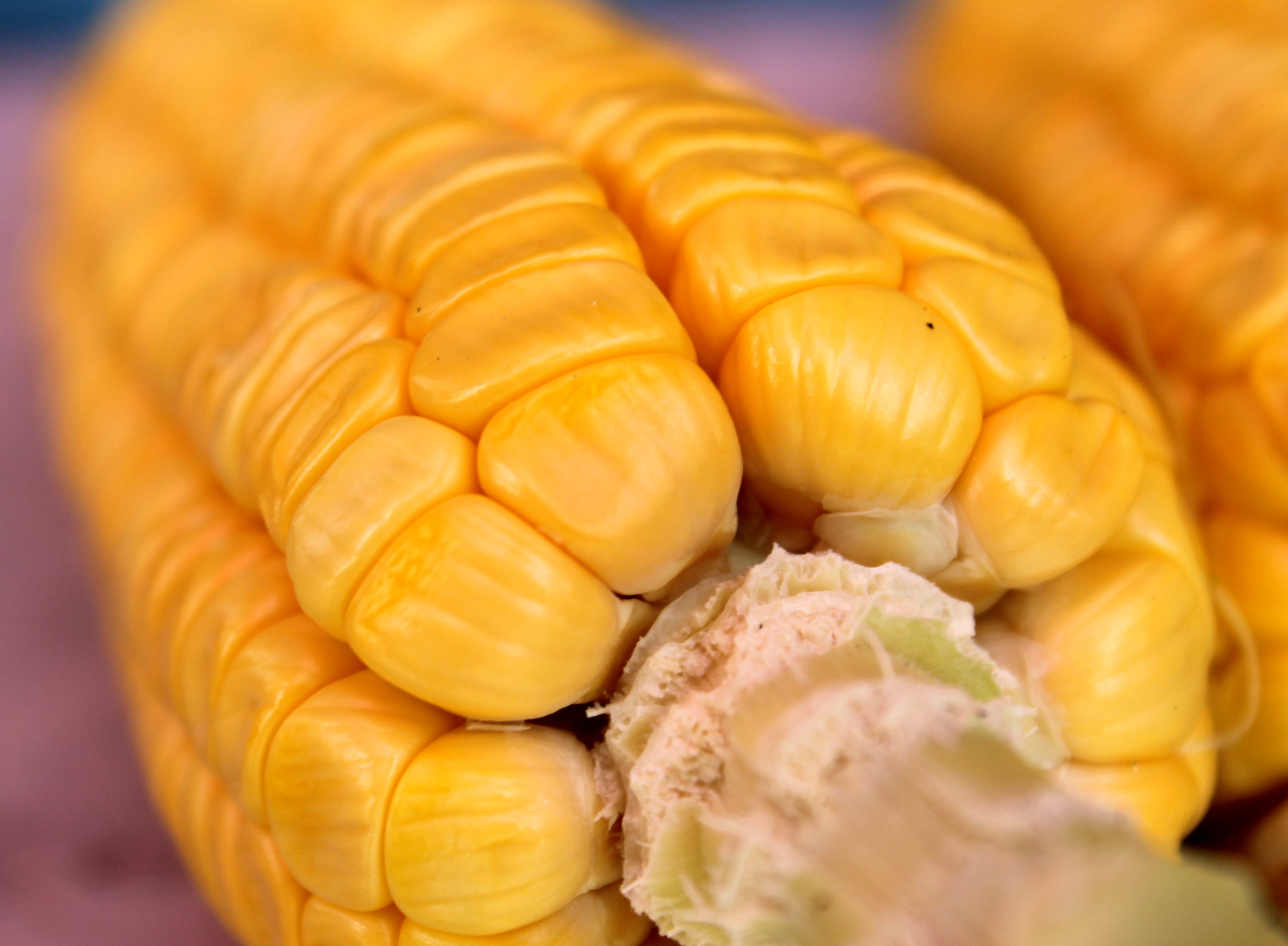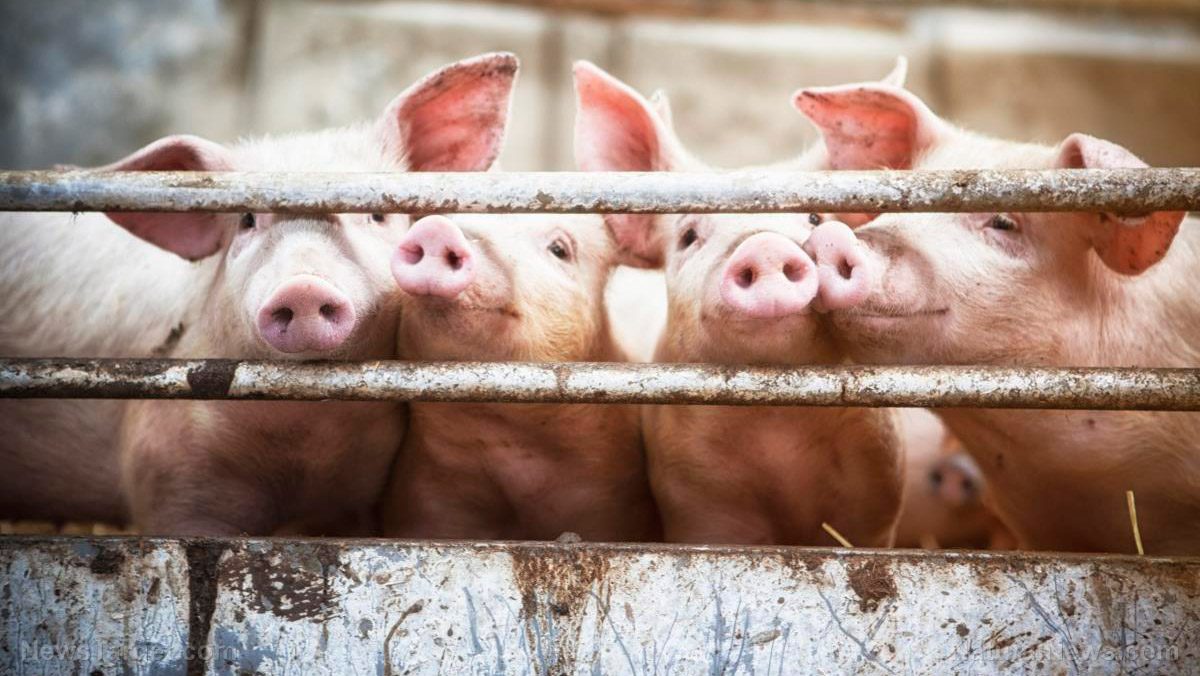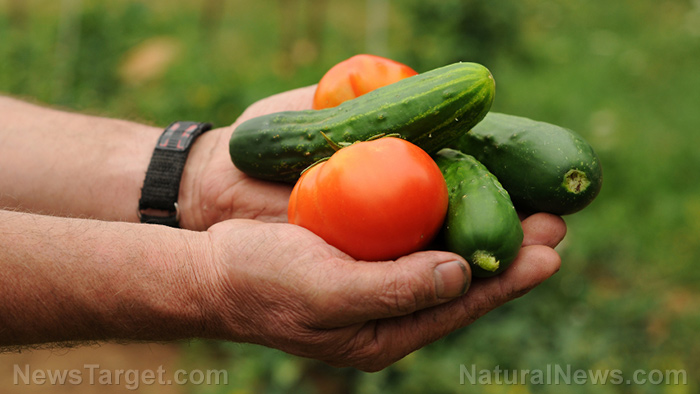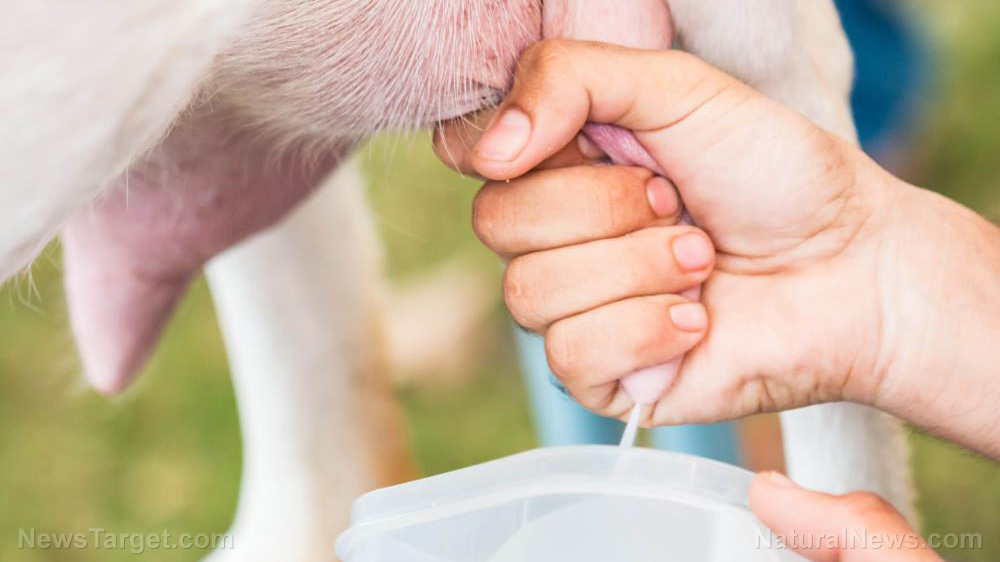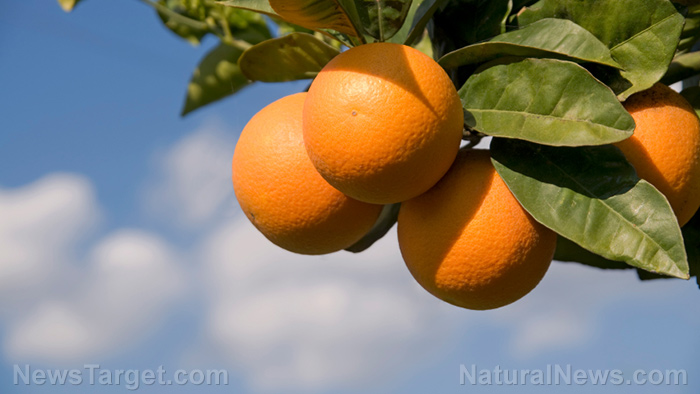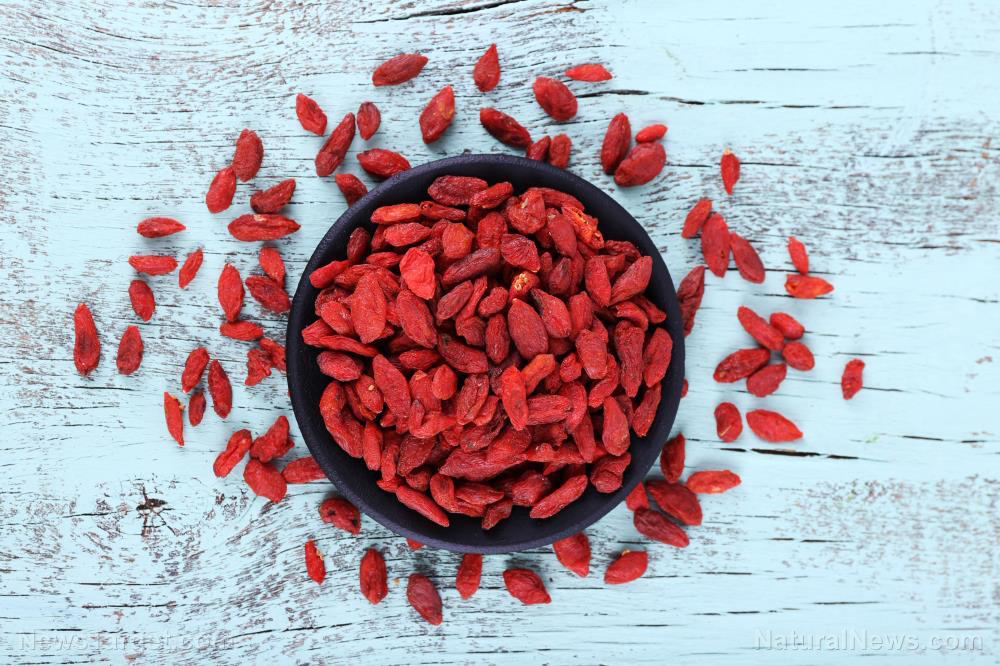mRNA vaccines for animals and livestock have arrived – get ready for a transgenic meat supply laced with spike protein
01/17/2023 / By Ethan Huff
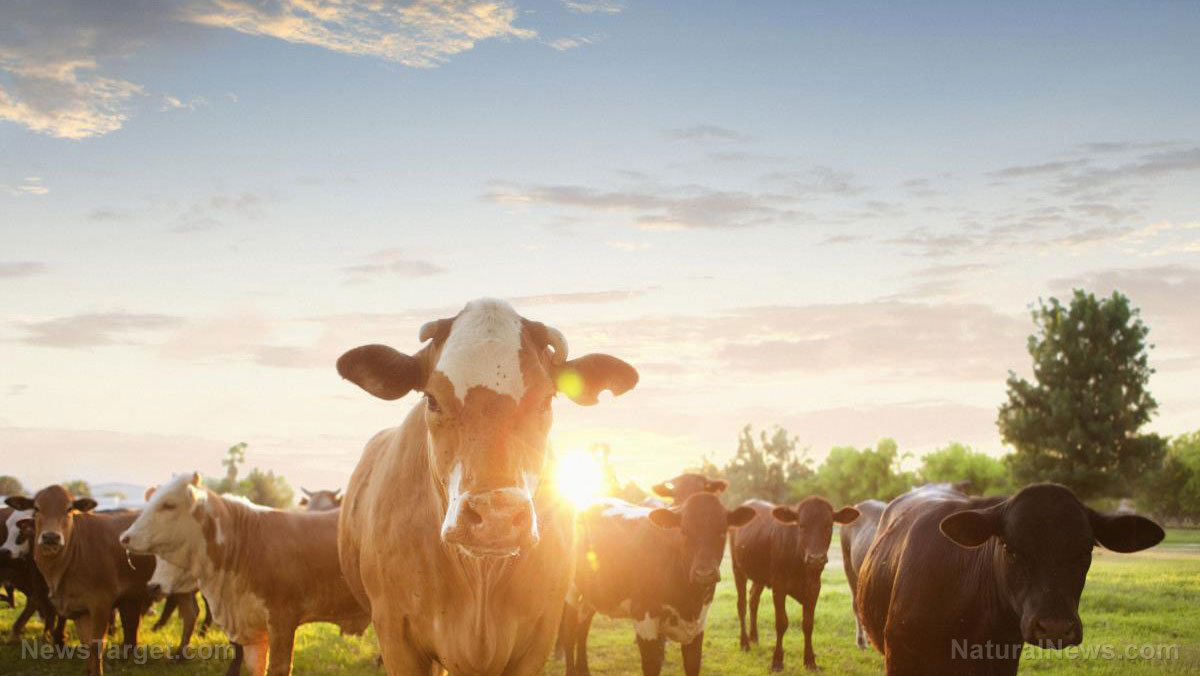
For the past six years, BioNTech, with the help of Bayer, has been working on “novel, first-in-class” messenger RNA (mRNA) vaccines and other therapeutics for animals. And according to Dr. Robert Malone, they are just about ready for public release.
More than four years prior to the appearance of covid, these two drug companies had begun developing mRNA therapeutics for livestock and even companion animals – though there is no publicly available clinical trial data for these new drugs.
For whatever reason, the only available information includes press releases, conference notes, grant and contract notifications from the United States Department of Agriculture (USDA), “the occasional peer-reviewed paper,” as Dr. Malone writes, and other tidbits. (Related: An Australian study already found that mRNA injections are deadly to livestock, having caused 18 percent of them to die immediately in tests.)
None of this, he says, is adequate, nor is it transparent. By law, Big Pharma has an obligation to release clinical trial data, especially when American tax dollars are used to fund the research behind them.
Malone was able to piece together the information that is available to present a clearer outline of what is really going on at the current time. In essence, everyone who consumes commercially produced meat could soon be exposed to mRNA poisons on their dinner plate.
Bayer’s mRNA manufacturing facilities were also used to manufacture covid vaccines
There are three mRNA therapy platforms that BioNTech-Bayer has been working on for animals: infectious disease vaccines, cancer immunotherapies, and protein replacement.
We also know that while this research has been taking place for the past six-plus years, Bayer lent out its mRNA vaccine manufacturing facilities for use in the production covid vaccines for humans.
Since the globalists view the general public as human cattle, it is only fitting that mRNA technologies designed for animals were also developed for the human “herd” under Operation Warp Speed.
Merck & Co., which played a minimal role in the covid scamdemic, has been quietly manufacturing and selling mRNA vaccines for swine, Malone also found.
“For whatever reason, they are selling these products as ‘customized prescription vaccines against strains of influenza A virus in swine, porcine circovirus (PCV), rotavirus and beyond,'” he writes. “This is an interesting market segment.”
“Merck’s reason to limit the production of mRNA vaccines in the ‘customized prescription’ market is unclear. Production facility size and scaleability [sic] of the RNA product could be factors.”
Around 2014 or 2015, the USDA issued a conditional license to Merck Animal Health to start using these mRNA injections in pigs. That conditional license is similar to the Emergency Use Authorization (EUC) status the U.S. Food and Drug Administration (FDA) issued to covid vaccines for humans at the height of the plandemic.
“Just like with the mRNA COVID-19 vaccine, full licensure was not granted but the conditional license remains in place,” Malone writes. “Is this a strategy to circumvent the USDA vaccine licensing and/or authorization process?”
Then we have Pfizer, the animal health division of which is known as Zoetis. Zoetis keeps its animal vaccine development activities close to the chest, so very little is known about what this company has been up to lately.
There are also wildlife mRNA jabs currently in the works. It would seem as though the plan is to inject everything that lives with mRNA, which we know alters the natural genetic code.
“Apparently they haven’t killed or injured enough of humanity,” one commenter wrote about all these drug abominations that are being unleashed. Now they are taking aim at animals.”
More related news coverage can be found at Vaccines.news.
Sources for this article include:
Submit a correction >>
Tagged Under:
agriculture, animals, Bayer, Big Pharma, BioNTech, Censored Science, conspiracy, deception, food supply, livestock, Merck, mRNA, Pfizer, pharmaceutical fraud, research, Robert Malone, science deception, vaccine wars, vaccines, wildlife, Zoetis
This article may contain statements that reflect the opinion of the author
RECENT NEWS & ARTICLES
COPYRIGHT © 2017 FOOD SCIENCE NEWS







